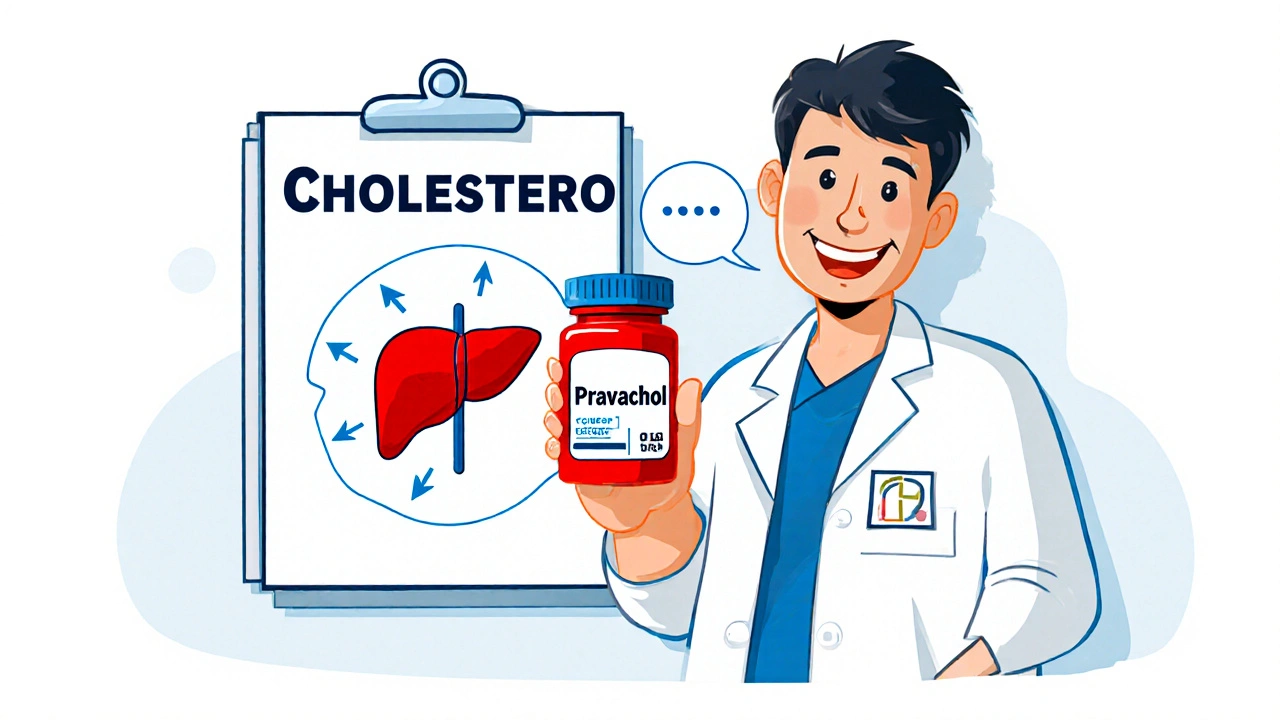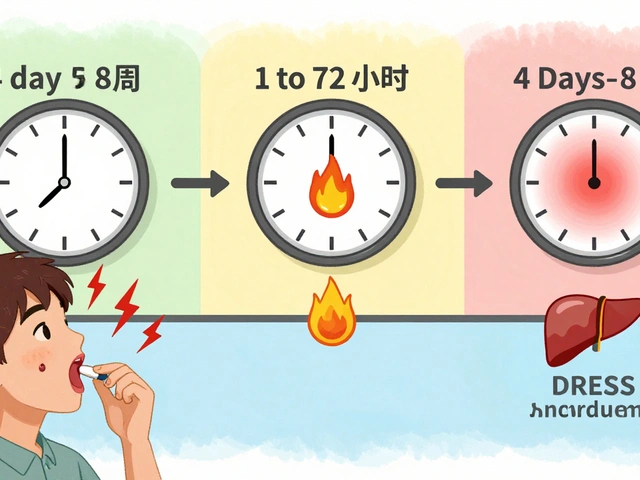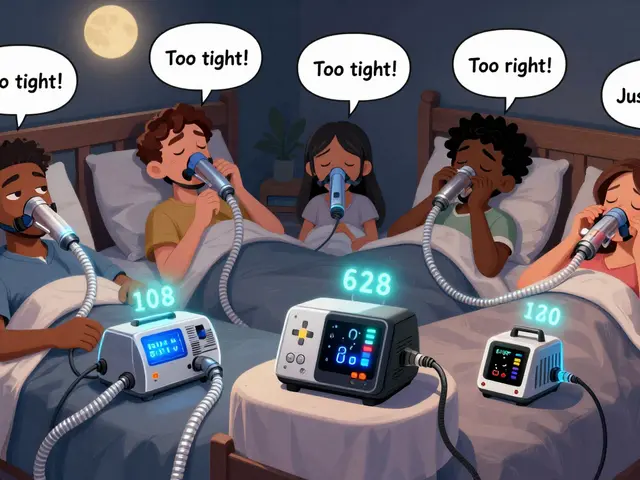Cholesterol Medication: Types, Benefits, and How to Use Them Safely
When talking about cholesterol medication, drugs designed to lower blood cholesterol levels and reduce cardiovascular risk. Also known as cholesterol‑lowering drugs, it works by targeting the buildup of bad cholesterol in arteries. For many people, the first line of attack is a class called statins, which block the enzyme that makes cholesterol. Another key player is LDL cholesterol, often labeled as "bad" cholesterol because high levels lead to plaque formation. Understanding how these pieces fit together helps you make smarter health choices.
Why Statins Dominate the Landscape
Statins are the workhorse of cholesterol medication therapy. They inhibit HMG‑CoA reductase, the enzyme your liver uses to produce cholesterol. Common examples include atorvastatin, rosuvastatin, and simvastatin. By cutting the production line, statins lower LDL levels by 20‑60%, which directly cuts the risk of heart attacks and strokes. In practice, doctors aim for an LDL goal below 70 mg/dL for high‑risk patients, and statins make that target achievable. Because of their proven track record, statins are also the benchmark when new drugs are compared.
High LDL cholesterol is a major driver of atherosclerosis. When LDL particles infiltrate the arterial wall, they oxidize and trigger inflammation. Over time, this creates plaques that narrow arteries and can rupture, causing a clot. Lowering LDL therefore reduces plaque buildup and stabilizes existing plaques. Studies show that every 1 mmol/L drop in LDL cuts heart disease risk by about 20%. This clear cause‑and‑effect link makes LDL a primary therapeutic target.
While statins handle most cases, some patients need additional tools. Ezetimibe blocks cholesterol absorption in the gut, offering an extra 15‑20% LDL reduction when added to a statin. For those with genetic high cholesterol or who cannot tolerate high‑dose statins, newer options like PCSK9 inhibitors provide dramatic LDL cuts—up to 60%—by preventing the liver from removing LDL receptors. These biologic injections are typically reserved for high‑risk patients, but they illustrate how the field keeps expanding beyond traditional statins.
Safety is a top concern with any cholesterol medication. The most common side effects are muscle aches and mild liver enzyme elevations. Regular monitoring of ALT and AST levels ensures the liver stays healthy while on therapy. If muscle pain becomes severe, doctors may switch to a different statin or lower the dose. Drug interactions also matter; for instance, certain antibiotics and antifungals can raise statin levels and increase muscle toxicity risk. A simple checklist—review current meds, schedule liver tests, and report any unusual symptoms—keeps the treatment both effective and safe.
Our collection below dives deeper into each of these topics. You’ll find side‑by‑side comparisons of popular statins, guides on buying cheap generic atorvastatin online, and detailed overviews of alternatives like ezetimibe and PCSK9 inhibitors. There’s also practical advice on monitoring liver function and handling drug interactions. Whether you’re starting therapy, looking to switch drugs, or just want to understand how cholesterol medication works, the articles ahead give you the facts you need to act confidently.

Pravachol vs Other Statins: Detailed Comparison of Pravastatin and Alternatives
Compare Pravachol (pravastatin) with top statin alternatives, covering efficacy, side effects, cost, and when each drug is best for you.
View More




